- HOME
- INVENTORY
- GALLERY
- BOOKS
- CATALOGS
- ABOUT & MORE
- CONTACT
Contact Us
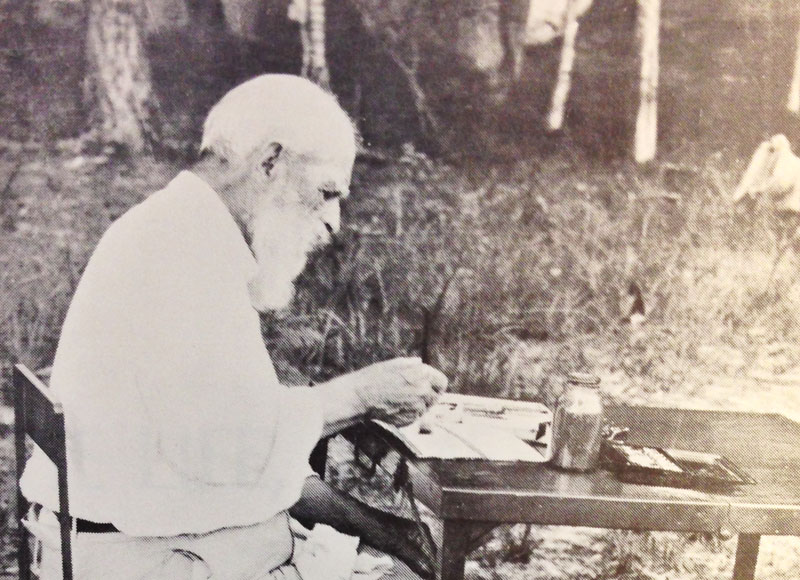
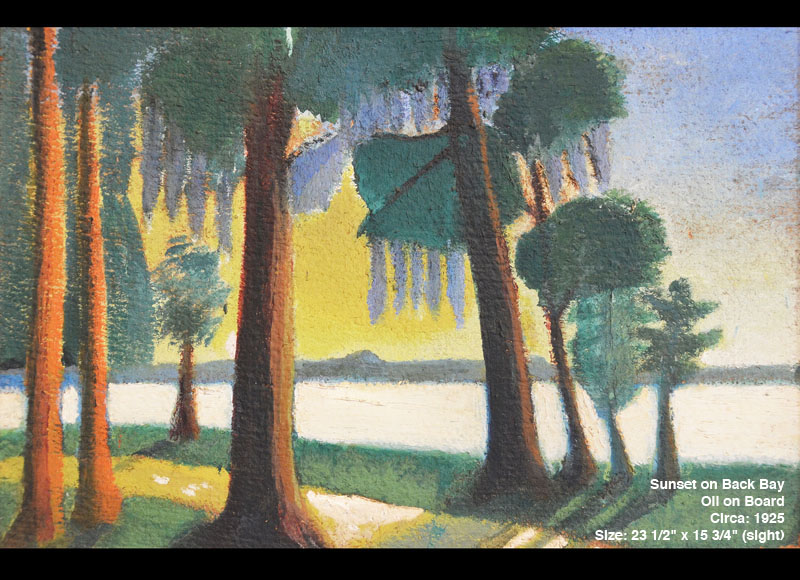
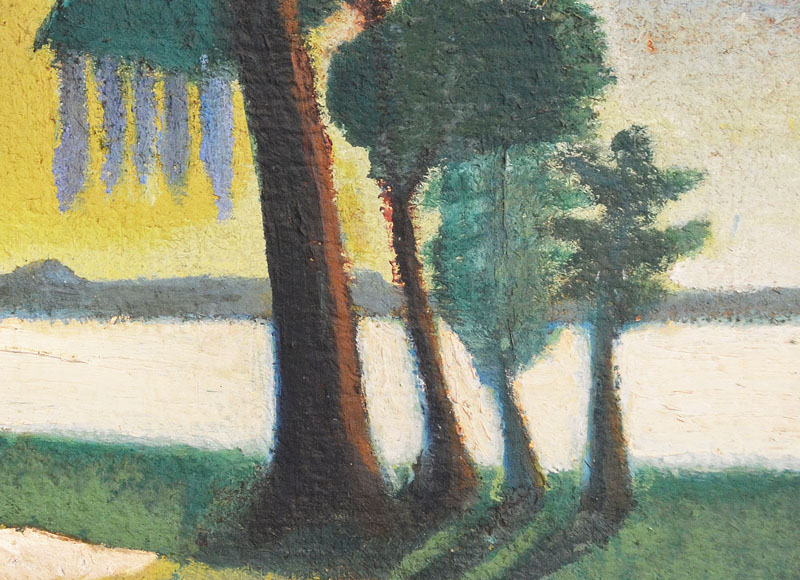
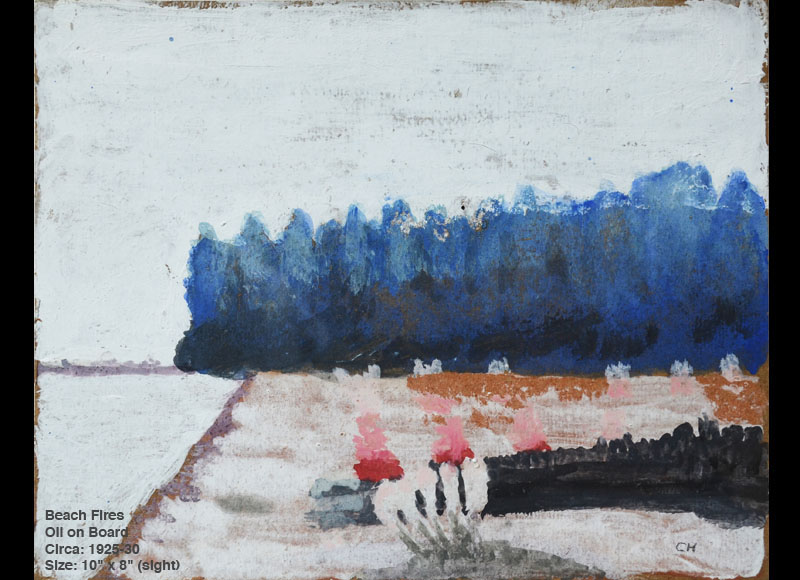
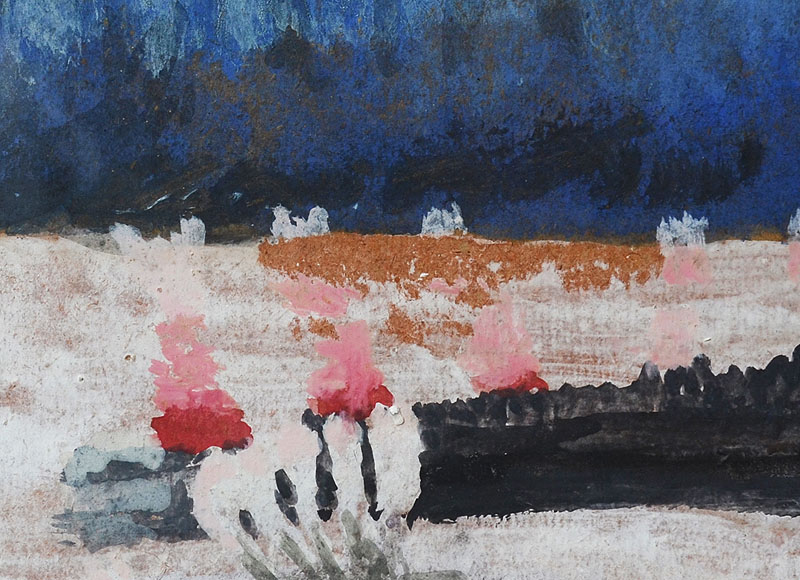
Charles Woodward Hutson (1840-1936)
***FOR WORKS AVAILABLE BY HUTSON, PLEASE GO TO THE PAINTINGS AND PAPER GALLERY PAGE***
In Sidney Janis' groundbreaking book," They Taught Themselves," Janis writes of Hutson, "he seemed to see colors and forms that were not visible to other eyes - particularly a certain marvellous 'blue' which he tried in vain to put into his pictures."
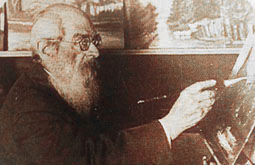
Charles Woodward Hutson was a self taught artist, but not the naive, uncultivated or poorly educated artist that is often associated with the self taught. Hutson was born of a well to do family in McPhersonville, South Carolina. Privately educated, Hutson planned to follow in his fathers footsteps and become a lawyer. However, soon after graduating college, the Civil War broke out and Hutson felt a sense of duty and enlisted as a private. He was wounded at the Battle of First Manassas, recovered and then fought in several campaigns throughout the war until the end in 1865. Sherman's army destroyed eight homes belonging to members of the Hutson family.
After the war, Hutson tried to pick up where he left off and was admitted to the South Carolina State Bar. However, the political and economic conditions in the post-war South offered little prospects for a young attorney. Hutson then became a professor of Greek at LSU and then at several other Southern colleges. He taught Greek, Modern languages and History and became a prolific writer of scholarly books and articles on such subjects. Upon retiring from the academic world, he moved to New Orleans where his recent interest in watercolor painting and pastel drawing became more than hobby.
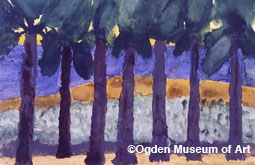
Though his daughter, Ethel, pursued the arts and was formally taught at Newcomb College, Hutson deliberately resisted any academic training in the fine arts. This approach kept his mind fresh and his eyes open. He was free to explore painting with the confidence of a well-cultured man and the ignorance of an amateur. There was no pressure to succeed. Though his paintings soon took the notice of the New Orleans art scene. Hutson even sent a painting to New York to be exhibited at the inaugural show of the Society of Independent Artists in 1917. In 1925, Hutson received the prestigious Blanche Benjamin Prize for landscape painting. The judge for the winning work is said to have commented, that the work was by a "young fellow...because his work is a little immature, but particularly it is unusually modern." He was unaware that Hutson was then 85 years old/young.
Hutson liked to work, en plein air and sketched almost daily. An amateur botanist, Hutson sought to capture the Southern landscapes that he knew so well, the Mississippi Coast, the Louisiana Bayou, and the Texas prairies. His timing and location puts him smack in the Arts and Crafts movement and his paintings, especially his oils have the compositions and colors of Grueby landscape tiles.
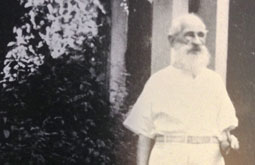
In between his landscape paintings, Hutson turned to his literary side and painted stories from the Bible and other mythologies. This work is not as inventive and loose as his landscapes, but it has a certain strength (think Rouault). Speaking of Rouault, 1931, Hutson's work caught the eye of the influential New York art dealer, J. B. Neumann. Neumann purchased many works for his own collection and championed his work.
At the age of ninety-one in 1931, Hutson had the first one-man exhibition at the Isaac Delgado Museum of Art (now the New Orleans Museum of Art). In 1936, Hutson died in New Orleans at the ripe old age of ninety-six. Posthumously, Hutson's work continued to be noticed and was included in Janis' landmark book, "They Taught Themselves: American Primitive Painters of the 20th Century." In 1945 his works toured the Norfolk Museum of Arts and Sciences, Norfolk, VA; Virginia Museum of Fine Arts, Richmond, VA; Museum of Fine Arts, Baltimore, Baltimore, MD; and the Phillips Memorial Gallery, Washington D.C. Duncan Phillips purchased several works for the collection. In 1965, the Isaac Delgado Museum of Art (now the New Orleans Museum of Art) held a comprehensive retrospective.
Charles Hutson's work is represented in numerous private and public collections, including the Ogden Museum of Southern Art, the New Orleans Museum of Art, the Phillips Collection, the Mint Museum of Art, and the Telfair Academy of Arts and Sciences.
Selected sources: James B. Byrnes, "Charles W. Hutson 1840-1936: A Retrospective Exhibition," 1965; Sidney Janis, "They Taught Themselves: American Primitive Painters of the 20th Century," 1942; William A. Fagaly, The Gifted Amateur, Folk Art Magazine, 1997; Clark S. Marlor, The Society of Independent Artists: Exhibition Record 1917-1944, 1984.
STEVEN S. POWERS • 53 STANTON ST, NY, NY 10002 • 917-518-0809 • email: steve@stevenspowers.com • © all rights reserved
